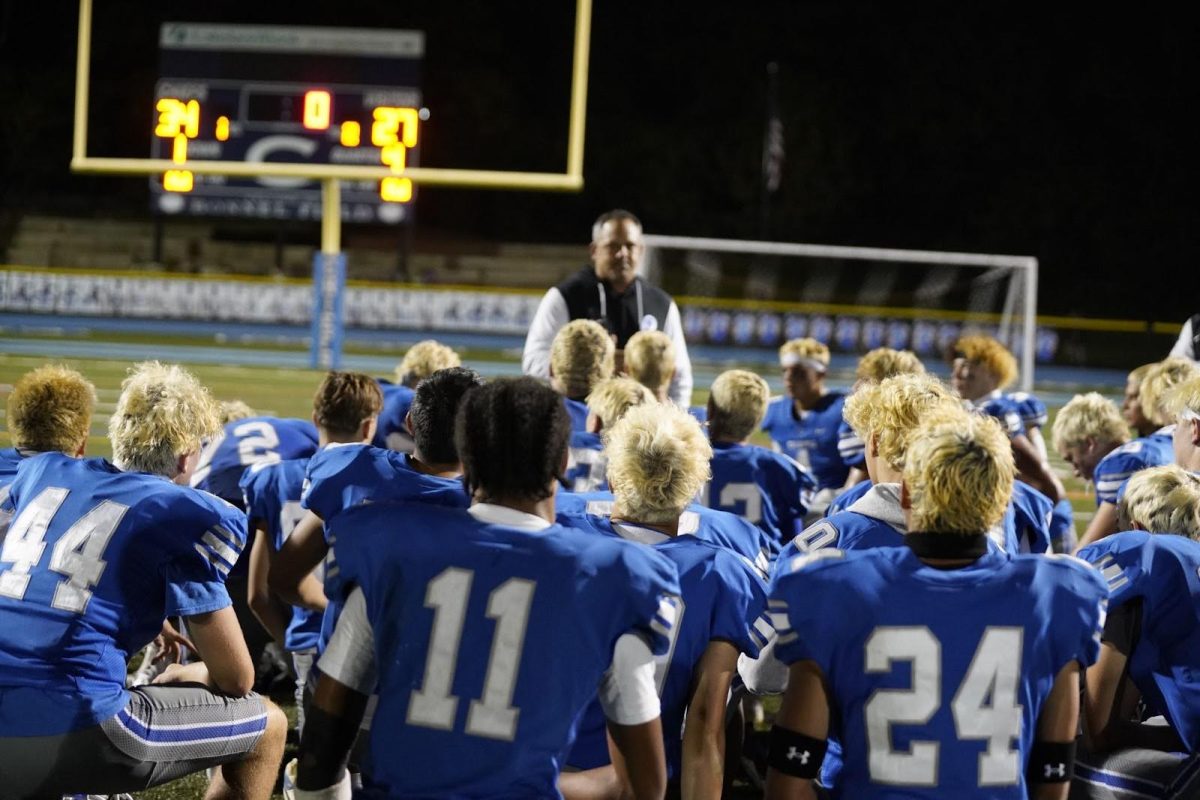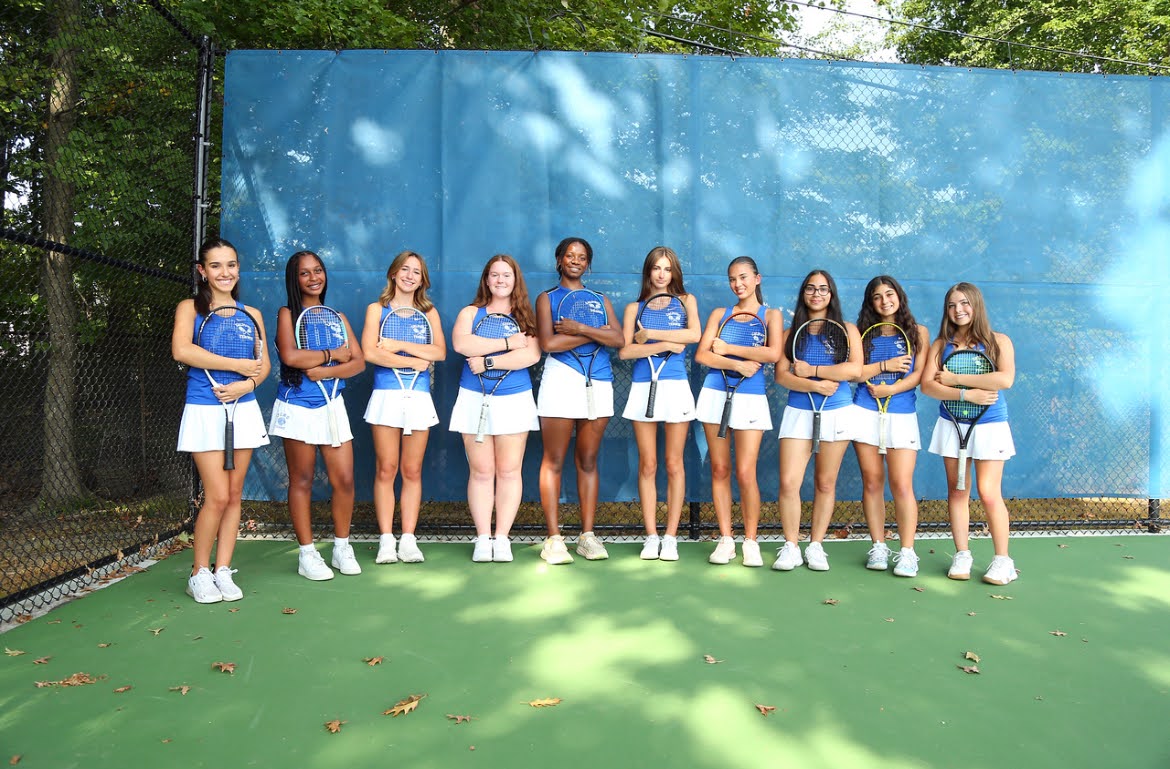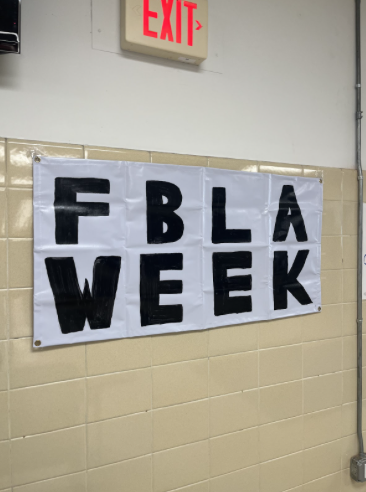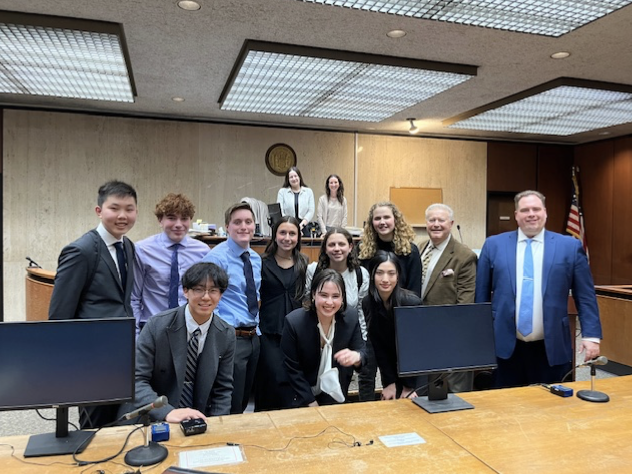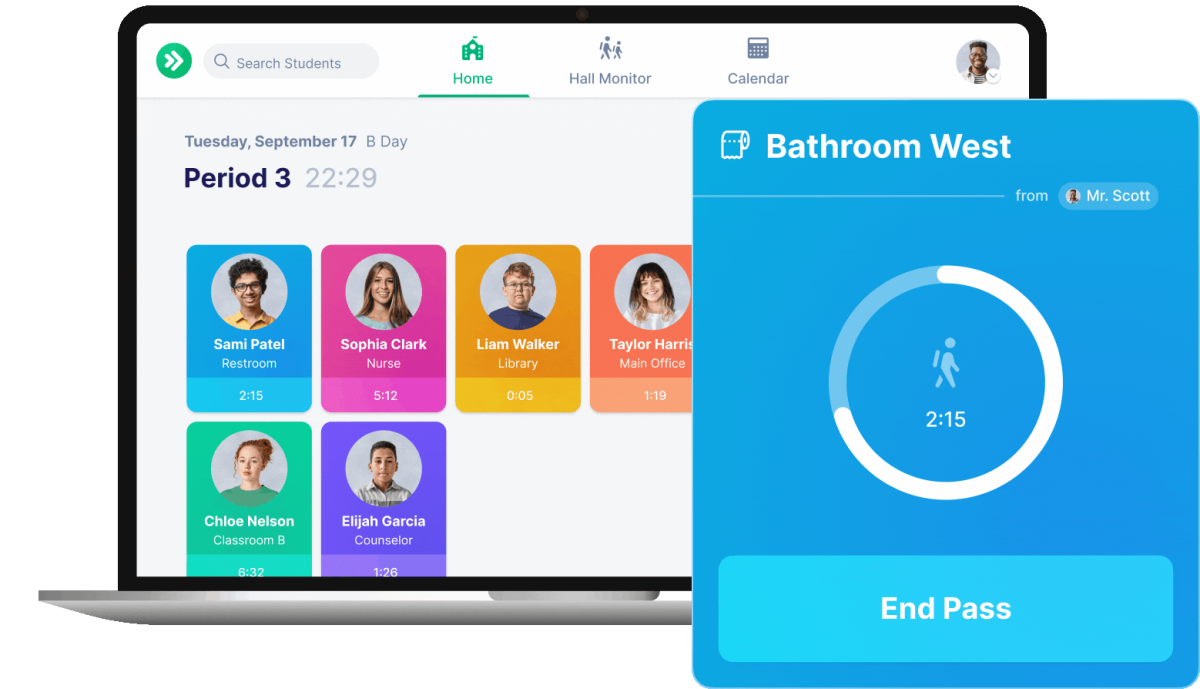Midterms—probably one of the most distinguished changes from middle school to high school. Many students probably still remember threats from eighth grade, and even seventh grade, teachers about being prepared for the scary new system of midterms and finals. Though taking a midterm may not necessarily be a first for all freshmen, the week-long process and structure is definitely new, along with the anxious thoughts of “this is it, high school midterms, are they going to be as terrible as people say?”
There are both positives and negatives to midterms. As many will notice after their first couple of tests, it can’t be compared to any other major testing in previous classes. Unlike other tests, midterms stand alone on the report cards, which puts a lot of pressure on the need to do well on a single test—there aren’t any homework assignments or in-class participation points to balance this out. For those who may not be the best test takers, it is extremely important to take advantage of midterm study packets, outlines, or anything else that teachers can provide—for any upperclassmen in AP classes, this can even include books and materials used to study for their AP test in May. For those students who are great test takers, but tend to neglect the need to hand in homework, midterms can also be a chance to show their understanding of the material they’ve been learning for this first half of the year. Because midterms are much longer than most other tests students take, time management becomes extremely important. Students need to make sure that they don’t have to spend the last two minutes guessing “C” on the last 20 questions— they should try taking timed practice tests beforehand in order to understand the time needed for a particular subject or test section..
A number of students in the school enjoy midterms week more than our regular weeks of school, even though it’s not a vacation.The daily half-day schedule, or even days off, gives students more time to relax without any homework to do—they still have to take advantage of the homework-free and longer days to study the material for their upcoming tests. Midterms aren’t designed with this schedule to give students extra time to hang out with friends after school or to watch two whole seasons of a show on Netflix. They’re designed to make test taking easier than test taking on a regular school day. There aren’t any other big projects that happen to be due the same day, nor an hour and a half of homework from every single class to keep students up until 2am, nor hours spent at an extra-curricular after school that leave students with a tiny margin of time to eat dinner and attempt to finish all of their work. Students have more time than usual to study for up to two classes and have time to really focus on each one. There are no 7:10 classes to wake up extra early for—so for those who skip breakfast in the morning, this can be a really nice change. The tests themselves, though they seem daunting, are really not too bad as long as students have taken the time to really study all the material—midterm test questions tend to be more general than regular chapter tests in an attempt to cram so much material in a single test.
Essentially, students should take it easy. That doesn’t mean squandering their time to study, but to make sure that they study the material with the extra time and and if they can manage to relax and keep an open mind about the test, it can end up being a really good week.







